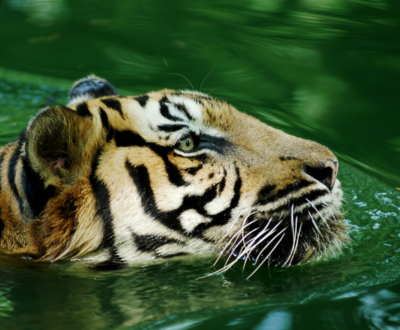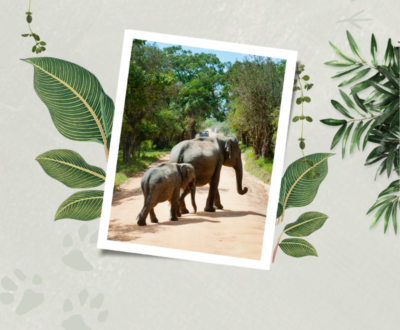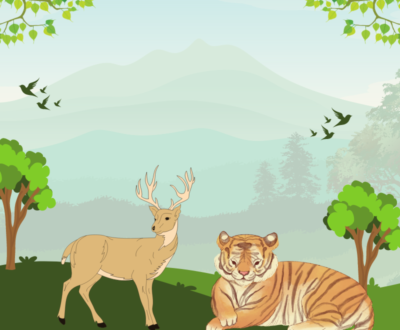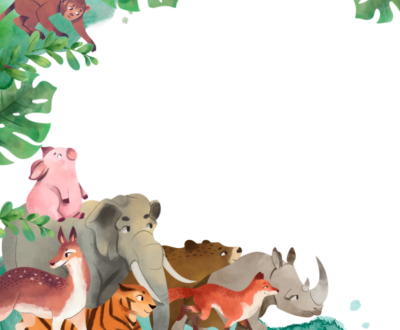- Introduction: Common misconceptions about zoos and conversion and their contributions to conservation.
- Content: Examples of successful breeding programs, reintroduction projects, and educational initiatives.
- Discussion: The ethical considerations and future role of zoo in wildlife conservation.
Zoo have long been a source of fascination and education for the public, offering a chance to see animals up close. However, their role extends far beyond entertainment; zoo play a crucial part in wildlife conservation. This blog will explore how modern zoo contribute to the preservation of species, habitat restoration, education, and research.
The Evolution of Zoos
Historically, zoo were primarily places for public display, often prioritizing entertainment over education or conservation. However, the last few decades have seen a significant transformation. Today’s zoos are increasingly focused on conservation efforts, reflecting a commitment to protecting wildlife and their habitats.
Key Roles of Zoos in Wildlife Conservation
- Species Preservation
- Captive Breeding Programs: Many zoos participate in breeding programs for endangered species, aiming to increase population numbers and genetic diversity. Success stories, like the recovery of the California condor and the Arabian oryx, demonstrate the effectiveness of these programs.
- Reintroduction Efforts: Some zoos work to reintroduce captive-bred animals into their natural habitats. This involves extensive planning and collaboration with wildlife organizations to ensure the survival of the species in the wild.
2. Habitat Restoration
- Conservation Projects: Zoos often fund and participate in habitat restoration projects worldwide. By working to restore ecosystems, they help create a sustainable environment for both wildlife and local communities.
- Community Involvement: Many zoos engage local communities in conservation efforts, promoting sustainable practices and raising awareness about the importance of protecting habitats.
3. Education and Awareness
- Informing the Public: Zoos serve as educational platforms, offering visitors insights into animal behavior, ecology, and conservation issues. Through informative exhibits, talks, and programs, they foster a connection between people and wildlife.
- Inspiring Action: By highlighting the challenges animals face, such as habitat loss and climate change, zoos inspire visitors to take action in their own lives, whether through advocacy, volunteering, or supporting conservation initiatives
4. Research and Conservation Science
- Studying Animal Behavior: Zoos provide a unique opportunity for researchers to study animal behavior and health in controlled environments. This research can inform conservation strategies both in zoos and in the wild.
- Collaboration with Conservation Organizations: Many zoo partner with global conservation organizations to conduct field research and conservation projects, sharing knowledge and resources to benefit wildlife.
5. Global Conservation Efforts
- Collaborative Initiatives: Zoo often collaborate with international organizations to address global conservation challenges. They may participate in breeding programs for endangered species around the world or support initiatives aimed at combating poaching and illegal wildlife trade.
- Advocacy: Zoo advocate for wildlife conservation policies and legislation, raising awareness about critical issues affecting wildlife at local, national, and global levels.
Challenges and Criticisms
Despite their positive contributions, zoo face criticism. Concerns about animal welfare, space limitations, and the ethical implications of captivity are prevalent. To address these issues, many zoo are adopting more naturalistic enclosures and focusing on the well-being of their animals. Transparency in operations and adherence to strict ethical standards are essential for gaining public trust and support.
Conclusion
The role of zoos in wildlife conservation is multifaceted and increasingly vital in today’s world. Through species preservation, habitat restoration, education, and research, zoo are making significant contributions to the protection of wildlife and the ecosystems they inhabit. By evolving from mere entertainment venues to active participants in conservation, modern zoo have the potential to inspire future generations to value and protect our planet’s biodiversity. Supporting reputable zoo can play a part in global conservation efforts, ensuring that wildlife thrives for years to come.
About us and this blog
We are a digital marketing company with a focus on helping our customers achieve great results across several key areas.
Request a free quote
We offer professional SEO services that help websites increase their organic search score drastically in order to compete for the highest rankings even when it comes to highly competitive keywords.
Subscribe to our newsletter!
More from our blog
See all postsRecent Posts
- Top Wildlife Documentaries You Need to Watch August 30, 2024
- Gardening for Wildlife: Creating a Backyard Habitat August 30, 2024
- Birdwatching for Beginners: A Comprehensive Guide August 30, 2024








